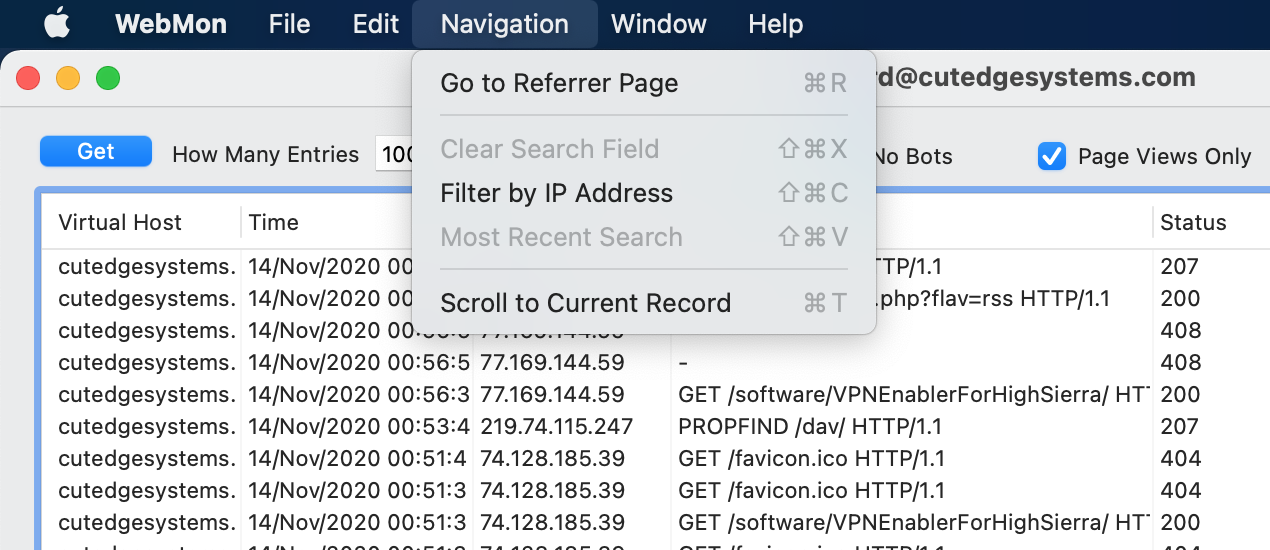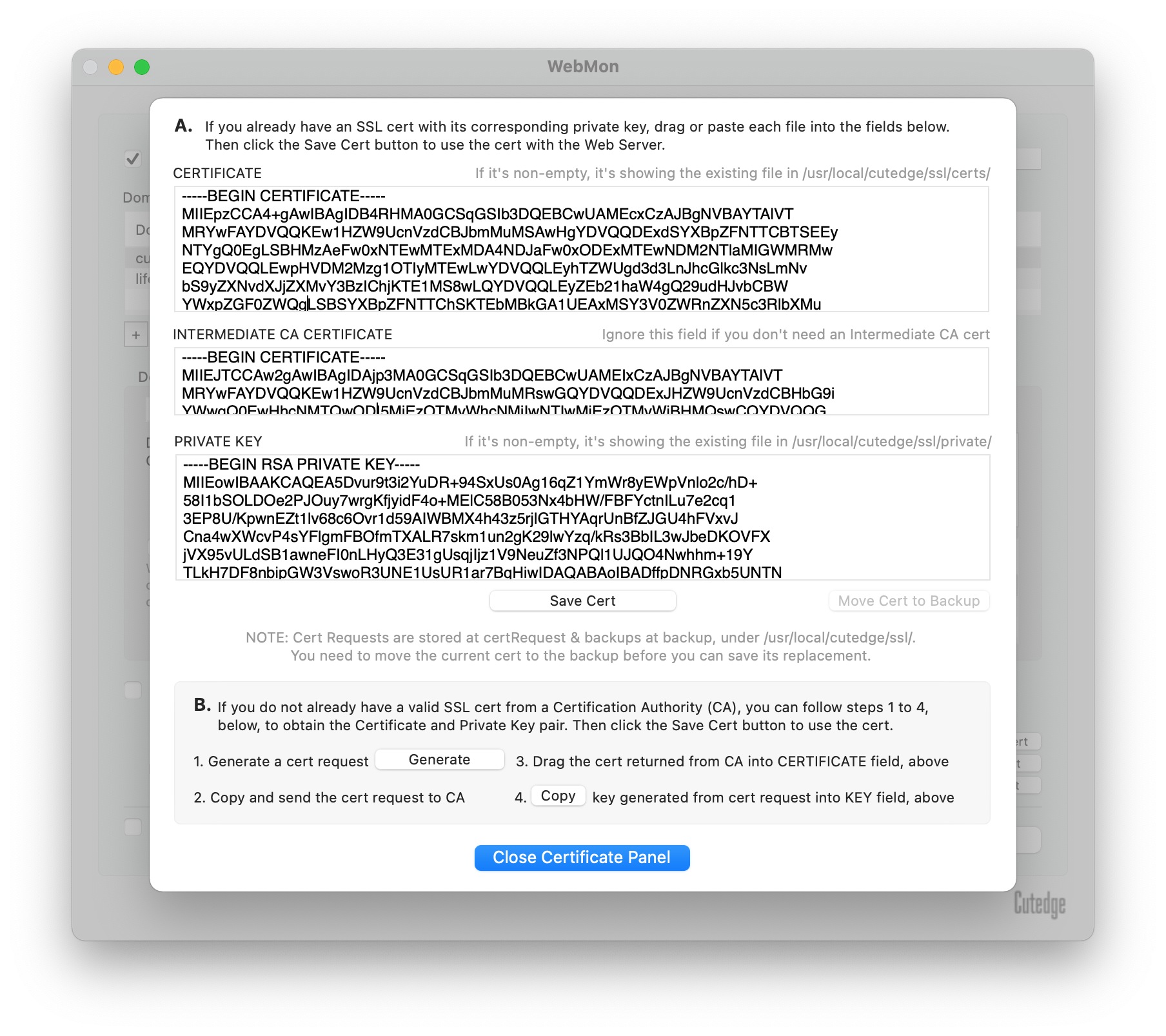

If you're using Certification Authority Authorization (CAA) records, at least one CAA record must exist with the value for your site to be accessible over HTTPS. For more information, see " Managing a custom domain for your GitHub Pages site."
Webmon for https pages update#
After you update existing DNS settings, you may need to remove and re-add your custom domain to your site's repository to trigger the process of enabling HTTPS. It can take up to an hour for your site to become available over HTTPS after you configure your custom domain. For more information, see " Securing your GitHub Pages site with HTTPS." GitHub Pages sites using custom domains that are correctly configured with CNAME, ALIAS, ANAME, or A DNS records can be accessed over HTTPS. For more information, see " Verifying your custom domain for GitHub Pages."įor a list of supported custom domains, see " About custom domains and GitHub Pages." HTTPS errors For example, if you verify this prevents someone from using a. but they could still take over b.a. (which is covered by the wildcard DNS record). These records put you at an immediate risk of domain takeovers, even if you verify the domain. Warning: We strongly recommend that you do not use wildcard DNS records, such as *. The one exception is the For more information, see " Managing a custom domain for your GitHub Pages site."

Use both an apex domain and custom subdomain. You can also contact your DNS provider to see if they offer forwarding services for domain names. If your custom domain is unsupported, you may need to change your domain to a supported domain. For more information, see " Managing a custom domain for your GitHub Pages site". You can also use one of the following methods to test whether your custom domain's DNS records are configured correctly: If you have trouble pointing the default domain for your site to your custom domain, contact your DNS provider. For example, if another repository's CNAME file contains, you cannot use in the CNAME file for your repository. The domain name must be unique across all GitHub Pages sites.The CNAME file must contain the domain name only.To point multiple domains to your site, you must set up a redirect through your DNS provider. The CNAME file can contain only one domain.The CNAME filename must be all uppercase.Then, make sure the CNAME file is formatted correctly. If you build your site locally and push generated files to GitHub, make sure to pull the commit that added the CNAME file to your local repository first, so the file will be included in the build. For example, many static site generators force push to your repository, which can overwrite the CNAME file that was added to your repository when you configured your custom domain. For more information, see " Managing a custom domain for your GitHub Pages site."įor your site to render at the correct domain, make sure your CNAME file still exists in the repository.

You can add or update this file through your repository settings or manually. If you are publishing from a branch, custom domains are stored in a CNAME file in the root of your publishing source. If you are publishing from a custom GitHub Actions workflow, any CNAME file is ignored and is not required.


 0 kommentar(er)
0 kommentar(er)
